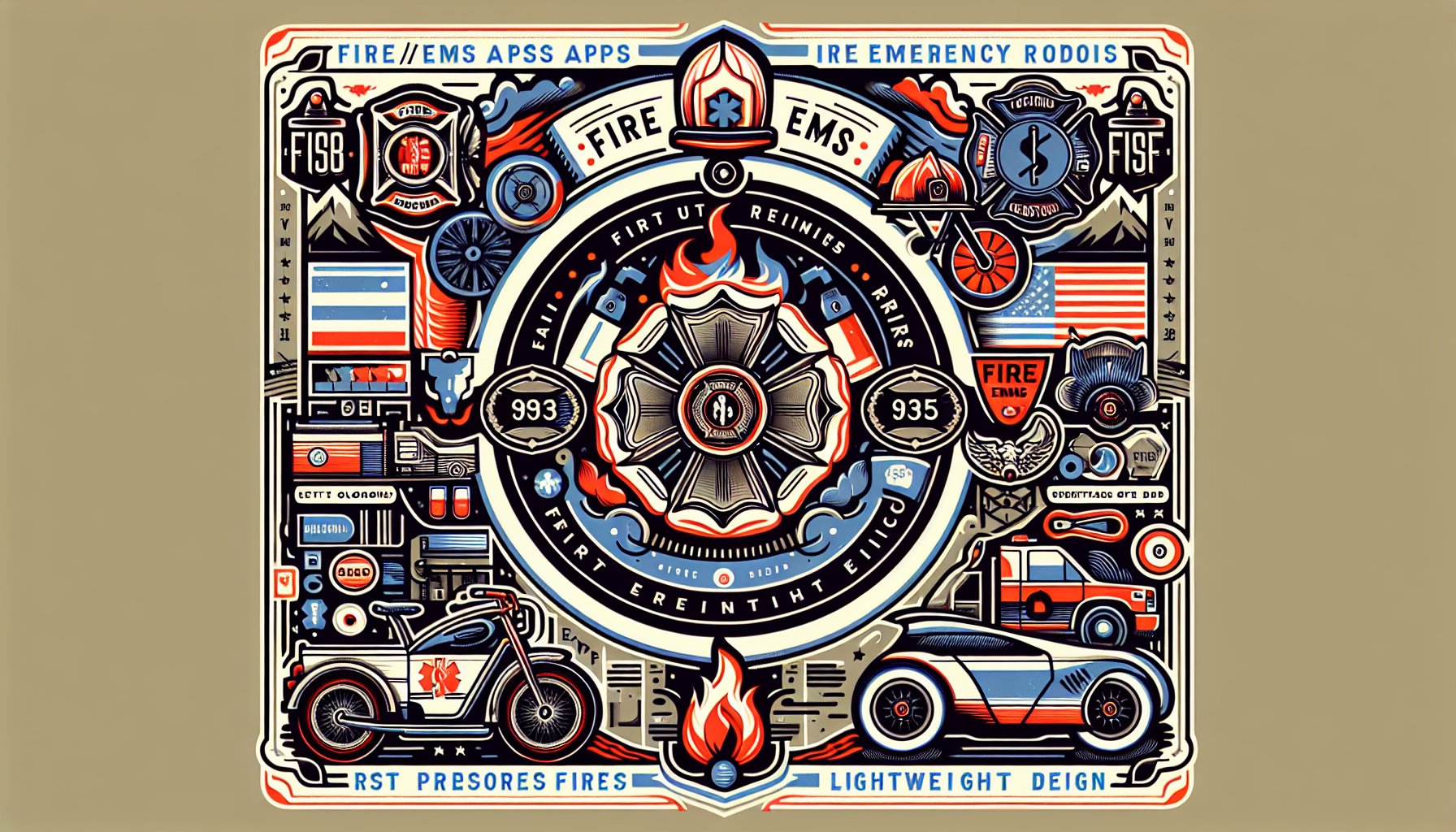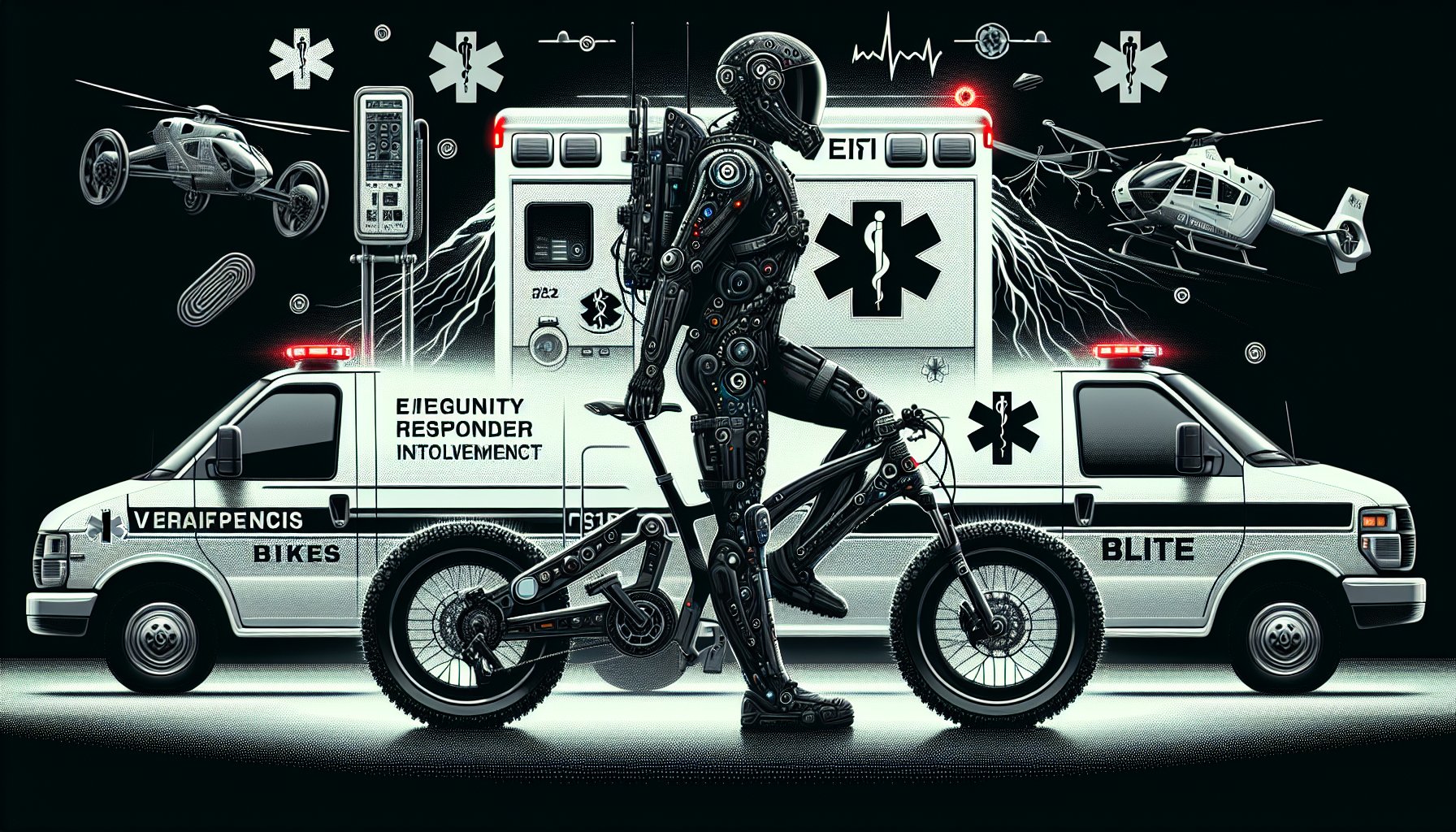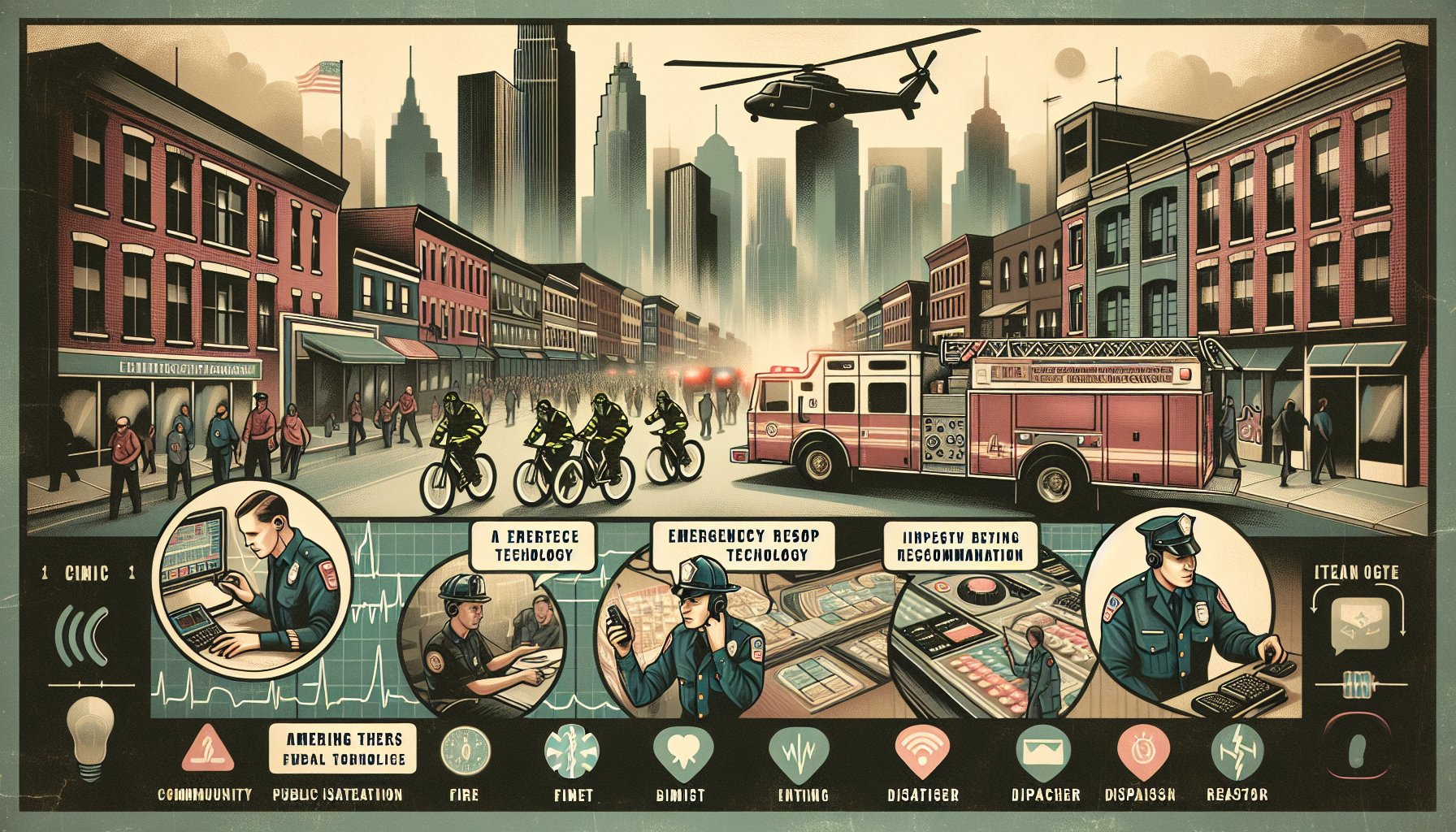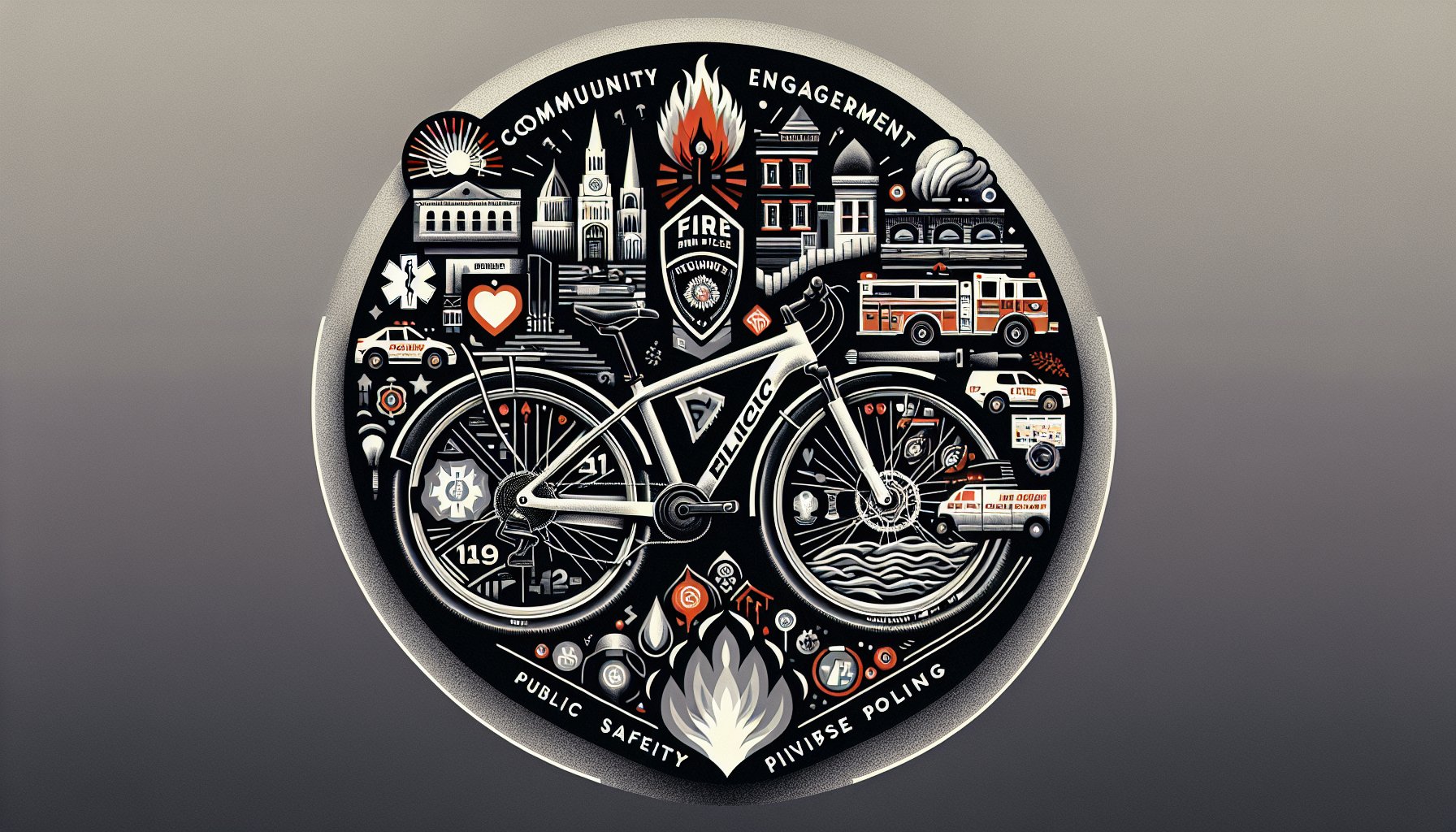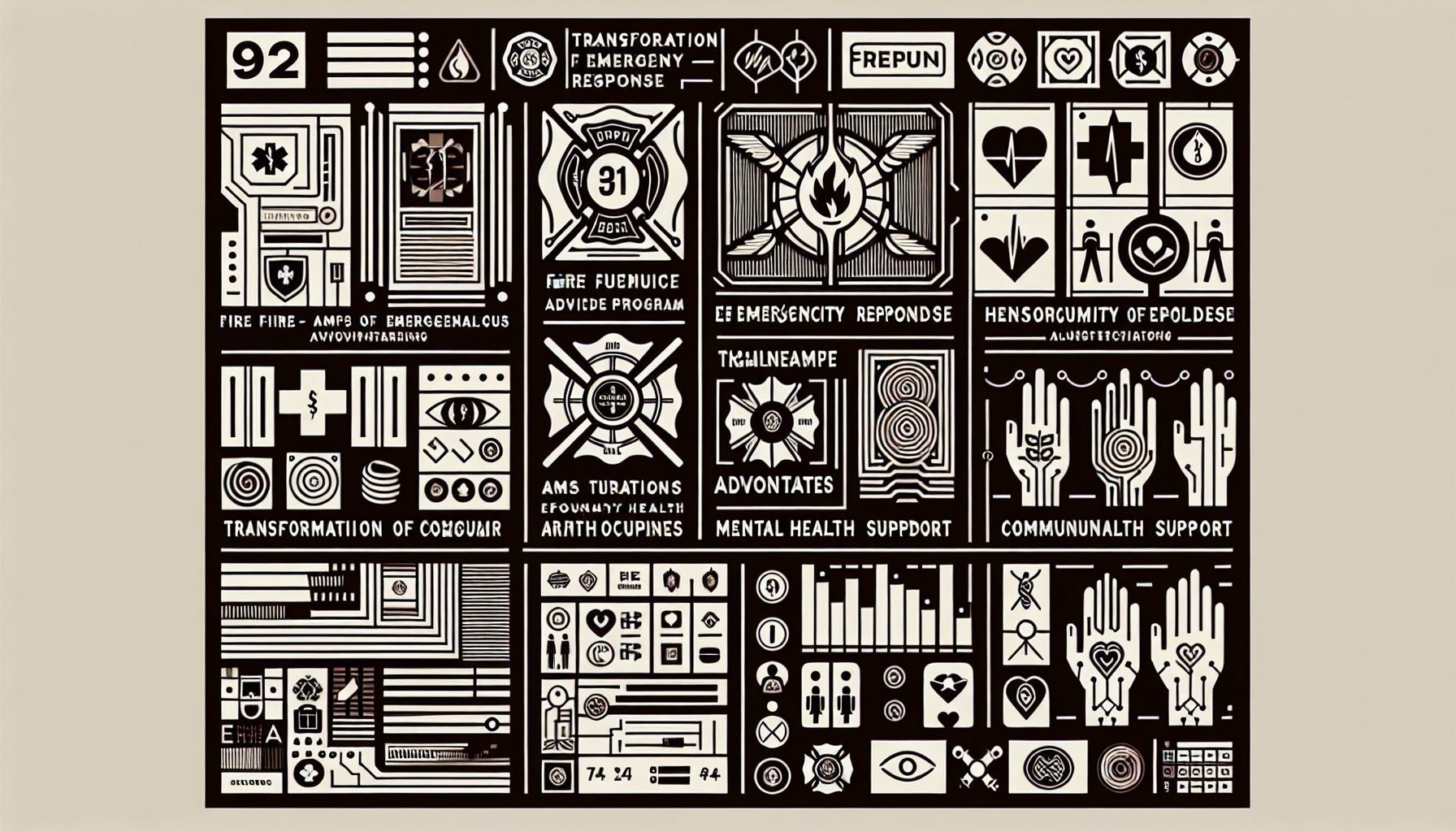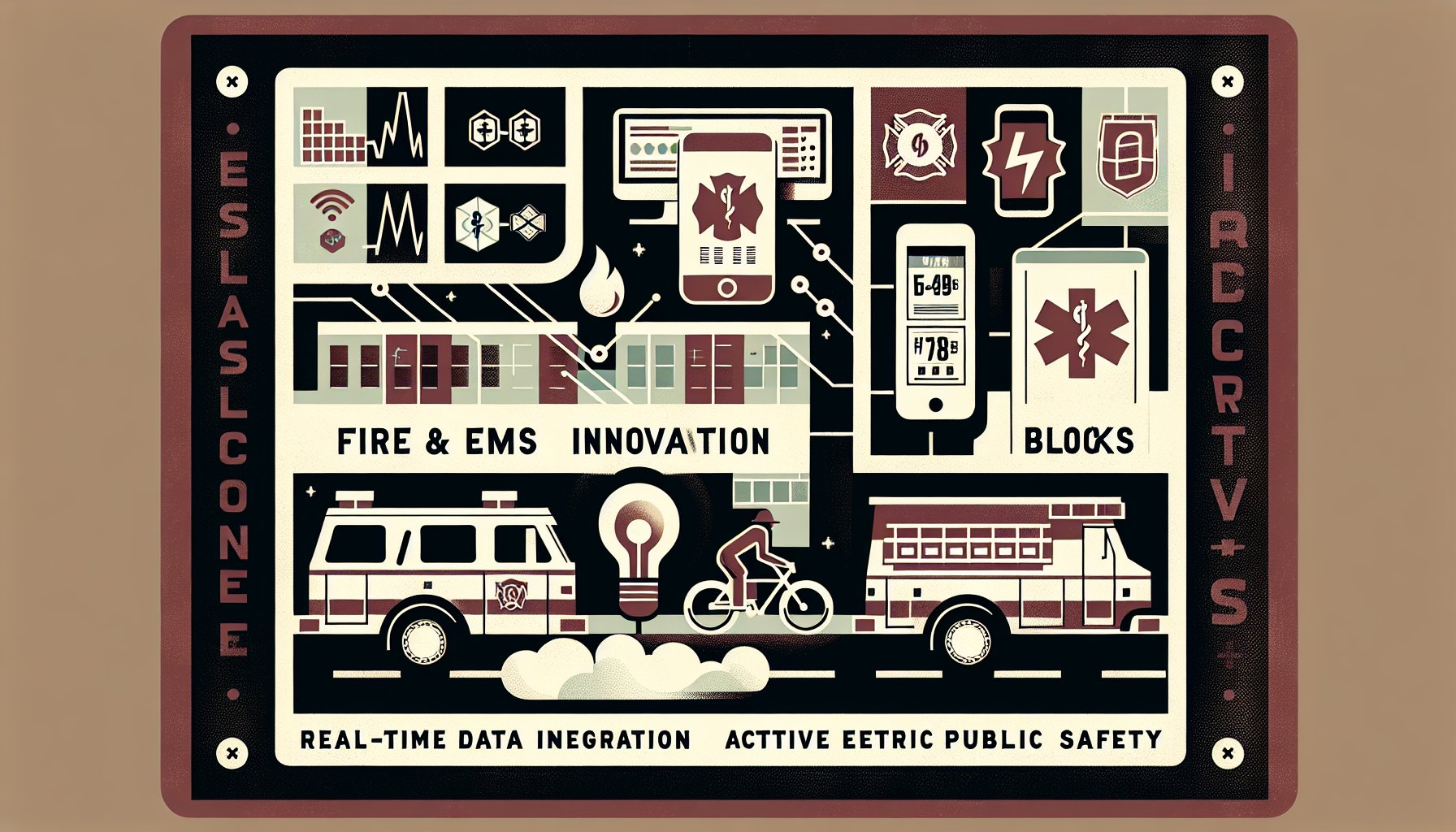Fire/EMS APB
What Training is Required for Fire/EMS APB? Common Questions Answered
Discover what training is required for Fire/EMS APB roles. Explore the balance between certifications and degrees, the importance of on-the-job training, and how technology is shaping the future of emergency services education.
Sep 16, 2025
8 min read

TL;DR
Fire and EMS professionals must navigate a maze of training options, balancing certifications for immediate job entry with degrees for long-term career growth. Both educational paths offer unique benefits, and the journey from baseline training to specialization requires dedication, hands-on experience, and essential soft skills. As technology evolves, digital tools enhance training, and ongoing education ensures excellence. Stories of resilience highlight the transformative power of training. Looking ahead, future training will integrate advanced tech, mental health focus, and collaborate across agencies for a more adaptable workforce.
Navigating the Training Maze: Certs vs. Degrees
In the whirlwind world of Fire and EMS, figuring out whether to dive into certifications or commit to a degree feels like choosing between paths in a labyrinth. Each route offers its own treasures, from swift entry into the workforce to long-term career rewards.
Certifications, those shiny badges of proficiency, are the quick tickets to action-packed roles. Imagine sprinting through a few months as an EMT or Paramedic, courtesy of the National Registry of EMTs, and jumping straight into the heart of emergency response. Employers love candidates with these specialized skills, they know how to keep their cool when the pressure's on.
Now, if you're dreaming bigger, degrees might just be your golden ticket. An associates or bachelor's in fire science or emergency management unravels a world of opportunities, think management roles or strategic decision-making positions. And with departments increasingly favoring degree-holders, your long-term prospects could shine even brighter.
Of course, your choice isn't just about jobs; it's about security in uncertain times. Degrees might offer a more robust safety net when navigating unemployment landscapes, providing a solid backdrop of knowledge and skills.
So, as you weave through this training maze, consider how your career dreams align with the options at hand. With thoughtful planning, your path can lead to a fulfilling and impactful career in Fire and EMS.
From Baseline to Pinnacle
Embarking on a Fire and EMS career is like starting a transformation tale, where the journey from a basic understanding to top-tier expertise is both thrilling and challenging. The stepping stones, or foundational training requirements, are crucial, they don't just prepare you for immediate challenges; they shape your approach to community interaction.
It all begins with meeting eligibility criteria, a high school diploma or equivalent, laying the groundwork for understanding complex medical protocols and safety procedures. But once you're in the thick of training, that's where the magic happens. From CPR to emergency systems, the curriculum is a cocktail of theory and hands-on practice.
Take Alex, an aspiring firefighter, for instance. Initially daunted by the sheer volume of knowledge, he soon found himself captivated by fire behavior simulations and team-based drills. This real-world training transformed him from a novice to a confident responder, ready to embrace the unpredictable nature of emergencies.
Certification is the final flourish on this initial training arc. Passing exams in EMT or Firefighter I and II areas not only validates skills but defines professional identity. As many pursue advanced training, paramedic services or hazardous materials, for instance, they find themselves climbing from baseline to the pinnacle of their careers.
In a nutshell, the journey from basic training to peak achievement is paved with challenges that instill resilience and commitment. It's not just about earning certifications; it's about embodying readiness and excellence.
The Road to Specialization: Advanced Skills and Additional Certifications
As the dial of technology keeps turning and community needs diversify, so does the need for specialized skills in Fire and EMS. The days of one-size-fits-all training are gone, replaced by a kaleidoscope of advanced specialties.
Take HazMat response, for example. Firefighters in this niche don't just fight fires, they're savvy in chemistry, risk assessment, and environmental safety. Thanks to this training, they can deftly handle dangerous substances and manage crises like chemical spills.
The medics aren't left behind, either. Advanced certifications in EMT areas, like paramedic training, demand a deep dive into anatomy and life support, equipping these heroes to make split-second, life-saving decisions.
Cross-training is the cherry on top. Firefighters with technical rescue skills can tackle collapsed structures or high-angle emergencies, turning a department into a versatile powerhouse.
Ultimately, specialization isn't just about individual careers; it's about community resilience. Master these advanced skills, and you're not just a responder, you're a hero ready for the modern emergency.
On-the-Job Training: The Importance of Field Experience
While textbooks provide valuable knowledge, stepping into the chaotic and unpredictable world of emergencies turns theory into reality. On-the-job training (OJT) is where the real learning begins, where trainees face the raw, unstaged challenges of their roles.
Imagine a rookie firefighter applying their classroom knowledge at a live burn exercise. The scorching heat, the cacophony of crackling fire, and urgent commands create a visceral learning environment. It's here, amidst the flames, that the firefighter learns to trust instincts and make lightning-fast decisions.
OJT also cements teamwork. Whether in a simulated disaster or real-life emergency, trainees learn to communicate and collaborate, ensuring when the real alarm sounds, everyone's got each other's backs.
Supervisors' nuggets of wisdom bridge the gap between theory and practice. From local protocol nuances to personal anecdotes, their guidance enriches the training experience, infusing it with purpose and community dedication.
In conclusion, OJT is more than a stepping stone; it's where raw potential becomes refined resilience.
Beyond the Uniform: Essential Soft Skills for APBs
Training for Auxiliary Public Safety Officers (APBs) in Fire and EMS isn't just about technical prowess. Beneath the uniform lies a tapestry of soft skills that profoundly impact emergencies and community interactions.
Empathy is the superstar here. Whether dousing flames or calming a frantic parent, APBs with empathy offer more than assistance, they provide emotional solace, turning distress into reassurance.
Spot-on communication is a must, especially in high-stakes moments where every word counts. Clear articulation can prevent disasters, while written skills ensure seamless documentation and inter-agency coordination.
Quick thinking and problem-solving are pivotal, too. Emergencies are unpredictable and demand swift, ingenious responses. Lastly, teamwork is the glue. Firefighting and EMS are team sports, collaboration enhances performance and morale.
Ultimately, while technical skills lay the foundation, it's these soft skills that truly define an APB's effectiveness, shaping them into compassionate community leaders.
Evolving with Technology: How Digital Tools Shape Training
Today's Fire and EMS training landscape is a digital frontier, transforming with cutting-edge tech innovations. Gone are the days of purely chalkboard lessons, enter the era of virtual reality (VR), mobile apps, and data-driven insights.
Imagine trainees navigating a VR house fire. This immersive experience hones decision-making and muscle memory without real-world risks. Mobile apps put resources at fingertips, allowing personalized, self-paced learning.
Data analytics further refines training by identifying knowledge gaps, tailor-fitting curricula to address weaknesses. AI simulations offer predictive insights, deepening trainees' understanding of decision consequences.
In sum, digital tools are more than just shiny gadgets, they're reshaping Fire and EMS training into a dynamic, effective learning journey.
Maintaining Excellence
Maintaining excellence in firefighting and EMS is an ongoing saga of education and recertification. This commitment to learning ensures professionals stay sharp, adept at new techniques, and comply with evolving regulations.
Beyond initial training, continuing education is essential. Firefighters and EMS providers engage in advanced courses, from hazardous materials to trauma care, adapting to real-world complexities.
Recertification cycles keep skills fresh, ensuring responders aren't just meeting standards but refining them. Departments that prioritize this culture of learning bolster team performance and community service.
In conclusion, the journey to excellence in Fire and EMS is a lifelong endeavor, a foundation for saving lives and managing crises effectively.
Stories of Resilience
Real-life stories from the fire and EMS world illuminate the power of rigorous training in action. Each hero tale underscores how training translates into life-saving decisions during crises.
Take Emily, a paramedic navigating a snowstorm to deliver a baby safely, or Captain Daniel, whose team averted a highway disaster. These stories showcase how training fosters resilience and adaptability.
Ultimately, these narratives highlight that Fire and EMS training goes beyond physical skills; it's about developing the mental fortitude to face life-and-death situations with confidence.
The Future of Fire/EMS APB Training
The trajectory of Fire/EMS APB training is thrilling, a blend of tech integration and mental health focus. Virtual simulations and AR create realistic, safe training environments, while mobile apps offer flexible, tailored learning.
Mental health awareness will be pivotal, as stress management and resilience training become integral. Collaboration across agencies will also enhance training, fostering a united public safety approach.
In conclusion, Fire/EMS APB training's future is poised for transformation, equipping responders to face modern challenges with skill and resilience. As we embrace this evolution, the path ahead brims with promise.

Need Help?
Check out these related products that can help:
 My Account
My Account